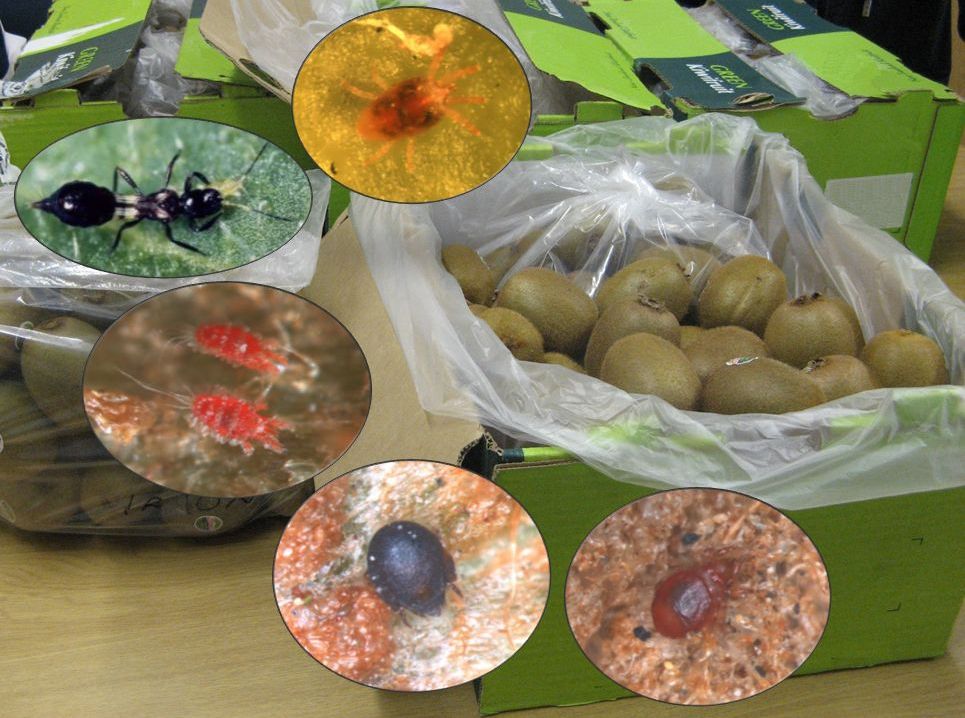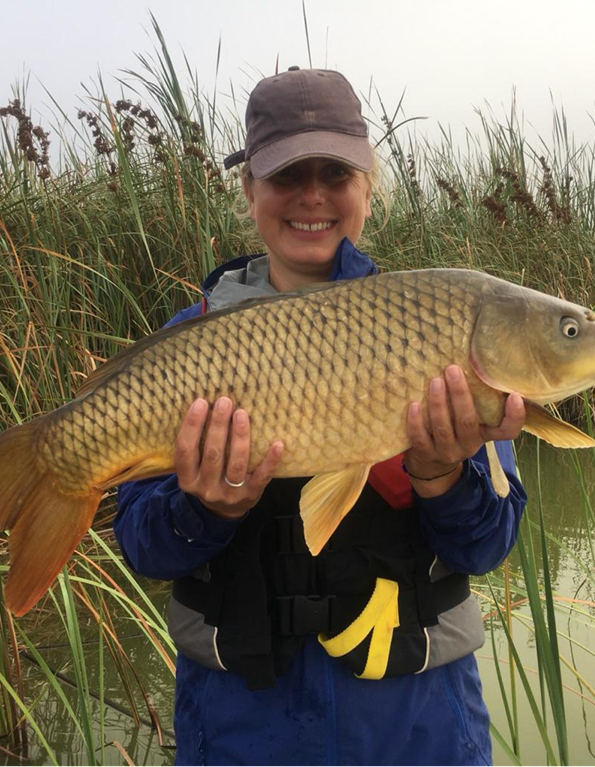Is it possible to predict pest interceptions?
Is there a way to predict which imported agricultural products are most likely to carry a pest? This question was tackled by former C∙I∙B student, Davina Saccaggi, in a recent paper in Ecological Applications.




